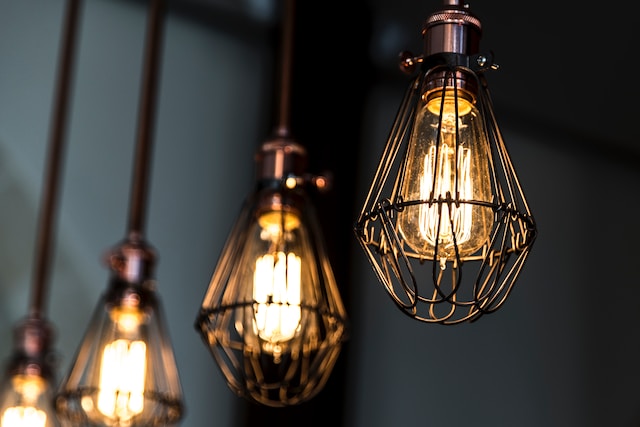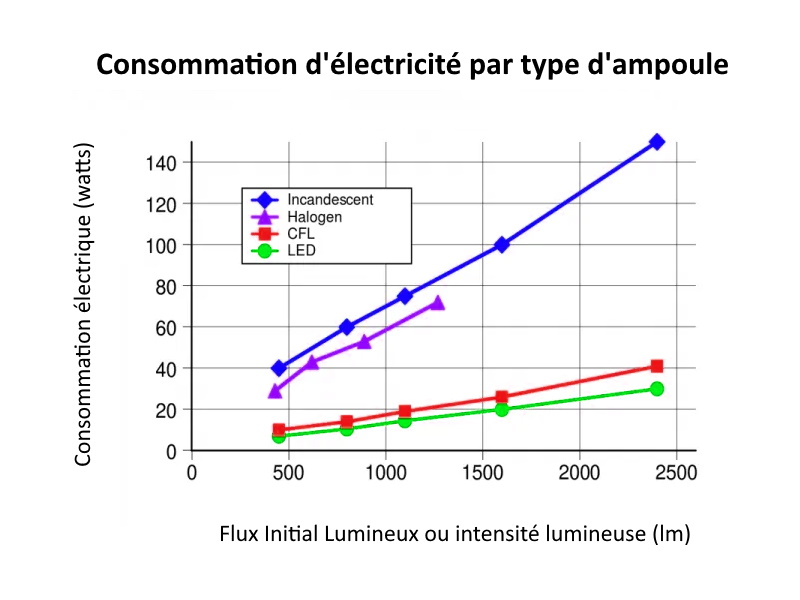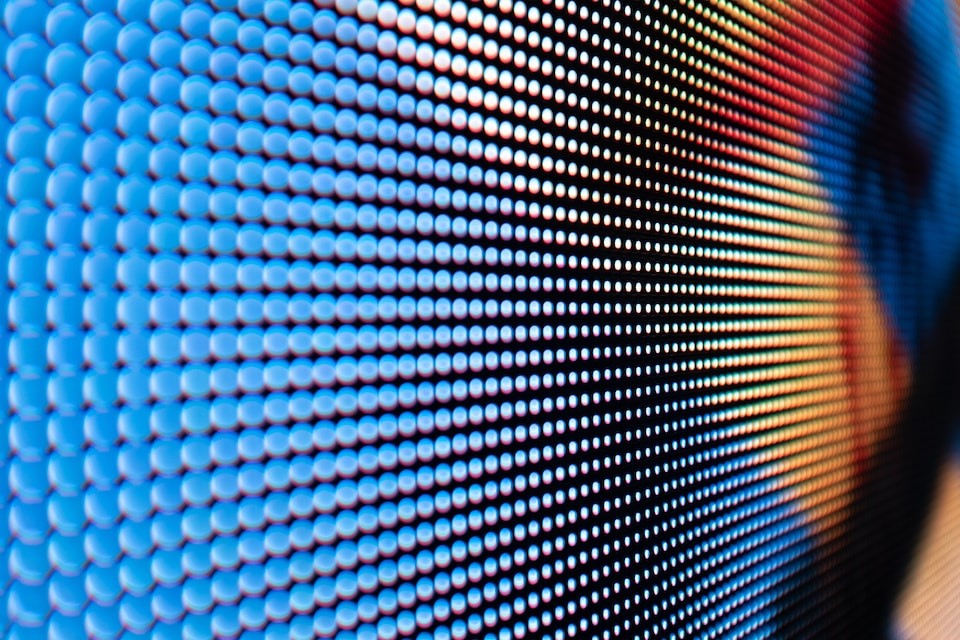At a time when energy costs are constantly fluctuating, lighting renovation in industrial premises is becoming increasingly essential. According to the experts, this will enable companies to make substantial energy savings. The concept is to implement an LED relamping project.
.
What is LED relamping?
LED relamping or relighting is a term used to describe the complete renewal of lighting systems based on iodide, mercury or fluorescent tubes. You should opt for LED equipment, which is more energy-efficient and provides equally powerful lighting.
It should be noted that a relamping study must be carried out beforehand.

The aim is not just to save energy. We also need to ensure that the new lighting system is compatible with the premises, so as not to interfere with employees' production capacity.
The benefits of led relamping
As already mentioned, LED relamping is a project that guarantees substantial energy savings. In other words, it also offers financial benefits. The company will be able to reduce its energy bill. According to estimates, up to 85% of industrial space energy consumption can be reduced by this operation.

When the project is carried out to the highest professional standards, the company can also optimize the performance of the lighting system. This can only increase its production capacity. What's more, this approach reduces maintenance costs. It's worth noting that LED equipment has a fairly long lifespan.
In addition to all this, LED relamping also contributes to environmental protection. Global warming and its dangerous consequences are currently threatening planet Earth and its inhabitants. We need to reduce greenhouse gas emissions into the atmosphere in order to lower the earth's temperature. LED equipment is energy-efficient and generally recyclable.
Steps to follow for an LED relamping project
LED relamping in Brussels is a project that requires careful planning. A poorly performing lighting system in an industrial environment can lead to accidents and a drop in operator productivity. The first thing to do is to assess the lighting needs of your industrial space.
This stage involves determining the number of luminaires to be installed and their locations, studying the direction and angles of illumination, and identifying the temperature and color of the light. It's just as important to determine the light intensity required for each zone, depending on the activity carried out in the area to be lit.
Thanks to the diagnosis, you can identify the right relamping solution for your industrial premises. Of course, it is essential to comply with current safety standards. The lighting system must guarantee visual comfort and performance for employees. You need fixtures that can withstand heat, cold, dust and humidity.
The importance of calling in a professional
LED relamping is not an improvised operation. It requires a great deal of technique and know-how. The use of specialized software is sometimes necessary to clearly identify the distribution of luminous flux and to determine the location of each luminaire.
It is also essential to take into account various technical constraints, such as wall and floor repairs. The slightest error could expose operators using the industrial space to numerous dangers.
Call on a professional specializing in LED relamping and ask us for a quote.
Choosing the right partner for your LED relamping project

Carrying out an LED relamping project on an industrial site is a major investment. Finding the necessary resources is not always easy. Third-party investment is a good option (for Brussels companies only). . It's a way of securing adequate financing and increasing the success of the operation.
Soltis is the ideal partner for companies wishing to launch an LED relamping project on their industrial premises in Belgium. With almost 20 years' experience, this Belgian SME brings together specialists in this kind of project. It can not only carry out the work, but also offer an attractive third-party investment contract.
The Soltis team adopts an efficient approach. It all starts with an assessment of your needs, selection of the products to be used, demonstration in real-life situations, final choice of luminaires and presentation of the cost-effectiveness of installing new luminaires.

